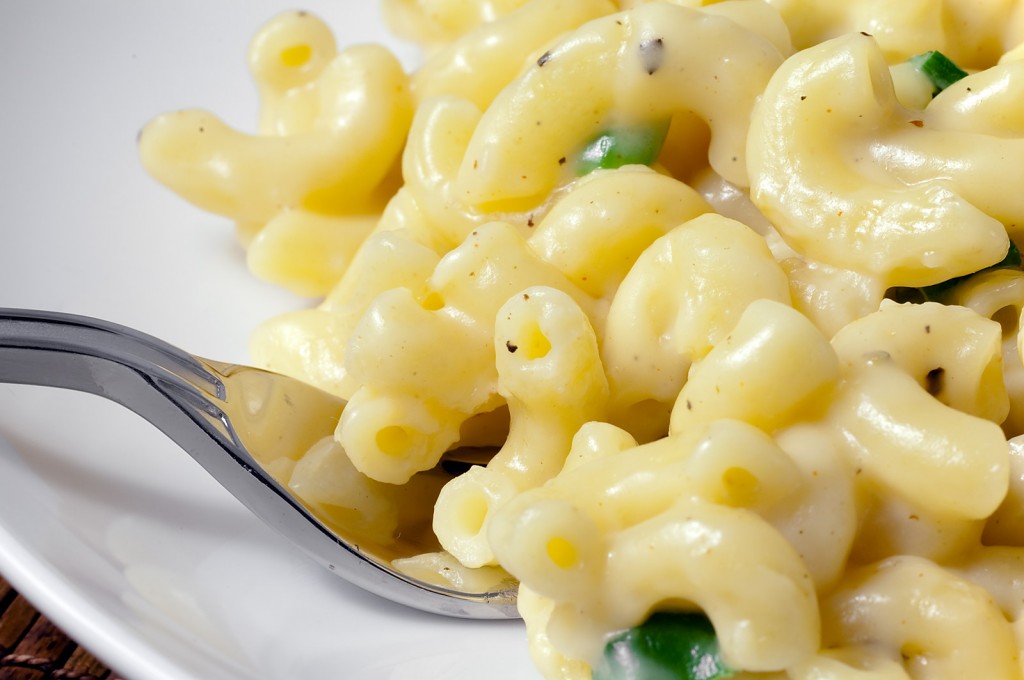Chinese students new to America are shocked by some of our habits.
By Tianyuan Zhang
Among more than 1,300 students at Bryn Mawr College, students from China make up about 10 percent of student body. Every year, according to “People’s Website” in China, the number of Chinese students who apply to American colleges increases by five to ten percent. As more and more Chinese students march into American campuses, their voices about their lives in the United States become stronger and more audible, and their experiences and complaints of culture shock can no longer be ignored.
The cultural differences between China and America cause misunderstandings, conflicts and troubles, but they also encourage students to communicate and get closer. Please read the following stories, listen to the voices of some Chinese students and find out about their culture shock experiences.
As the stories includes roommate conflicts and misunderstandings, their full names are not used in exchanged for candor about their thoughts and experiences.
In no special order, here are four things that irk and confuse Chinese students about their American experience.
1. What’s so special about Mac ‘n’ Cheese?
Cheeeeeeeese! While American students smile at the cameras, calling for the most popular dairy product in the world, Chinese students are fed up with Swiss cheese, Cheddar cheese, blues cheese and especially, Macaroni and Cheese.
“Cheese stinks!” said Sunny, a Bryn Mawr freshman from China, “I simply don’t understand why Americans are crazy about these smelly things.”
Cheese has never been an ingredient in Chinese cuisine. Nobody cooks Chinese dishes with cheese. Even if all kinds of cheese are sold in markets, they are never the popular goods. Many Chinese have never had cheese until they went abroad for the first time.
“I hate the smell,” said Sunny. When the fermented milky smell first hit her nostrils, she said she wanted to throw up: “It’s disgusting!”
Among all the cheese products, Macaroni and Cheese is Sunny’s least favorite. Her roommate Sarah is a huge fan of Mac  ‘n’ Cheese. Sarah ate a bowl of Mac ‘n’ Cheese every night. It bothered Sunny constantly.
‘n’ Cheese. Sarah ate a bowl of Mac ‘n’ Cheese every night. It bothered Sunny constantly.
“She ate Mac ‘n’ Cheese in our room and the smell spread,” said Sunny, “it made me nauseated.”
After a long struggle of trying to accept this cheesy smell, Sunny finally asked Sarah to eat outside their room.
“I did not mean to be offensive and selfish, but the smell haunted me for hours and I could not concentrate on anything.” said Sunny.
“I was sorry because I could tell that Sarah was annoyed.” Sunny said, “but what else can I do?”
As time went by, Sunny’s Chinese nose started to accommodate the smell of cheese, but she was still confused, “I still do not understand, what’s so special about Mac ‘n’ Cheese?”
2. They Don’t Know How To Wash Their Clothes!
On a sunny quiet afternoon, two Chinese students were talking in the laundry room in Denbigh Hall at Bryn Mawr College.
“There is no way I can wash my underwear by hand!” said one of them, “there is nowhere I can hang and dry them, so maybe I should throw them into the washing machine.”
“No way!” answered the other, “That’s your underwear! You should hand-wash!”
Mothers in China teach their children to always hand-wash their underwear, because they consider it the best way to  prevent cross-contamination.
prevent cross-contamination.
“My mom said it’s important to hand-wash and air-dry my underwear,” said Lina Kong, a first -year student at Bryn Mawr College. “Underwear directly touches your skin, so we don’t want to contaminate underwear by germs from other clothes.”
After Kong came to America, she found that nobody hand-washed clothes and it was almost impossible to hand-wash underwear.
“You don’t want to wash them in the bathroom and let everybody watch you doing it, do you?” she said.
To make the situation worse, Kong found nowhere to hang and dry her underwear.
“Even if I hand-washed them, where should I hang them?” Kong said, “There is no balcony in the dorms and no hanging ropes in the closet. Don’t tell me you want to have an underwear exhibition in your room!”
With all these difficulties ahead of her, Kong once thought about throwing underwear into washing machines.
“But I cannot imagine my underwear rolling in a drier,” Kong said, “Honestly, why do Americans do that?”
In the end, she decided to tie a rope inside her closet and dry her hand-washed underwear on it.
“Being able to hand-wash and air-dry made me happy,” said Kong, “No offense, but I think Americans don’t know how to wash their underwear,”
3. Too Much Sunlight Causes Cancer!
It was only early April, the warmth of sun just returned and the smell of spring grass just sneaked out of the soil. Ya, a junior at Bryn Mawr, was dragged out by her roommates to have a “sun-basking party” on the Merion green. Reluctantly, Ya went out — but with her umbrella in hand. Continue reading →









